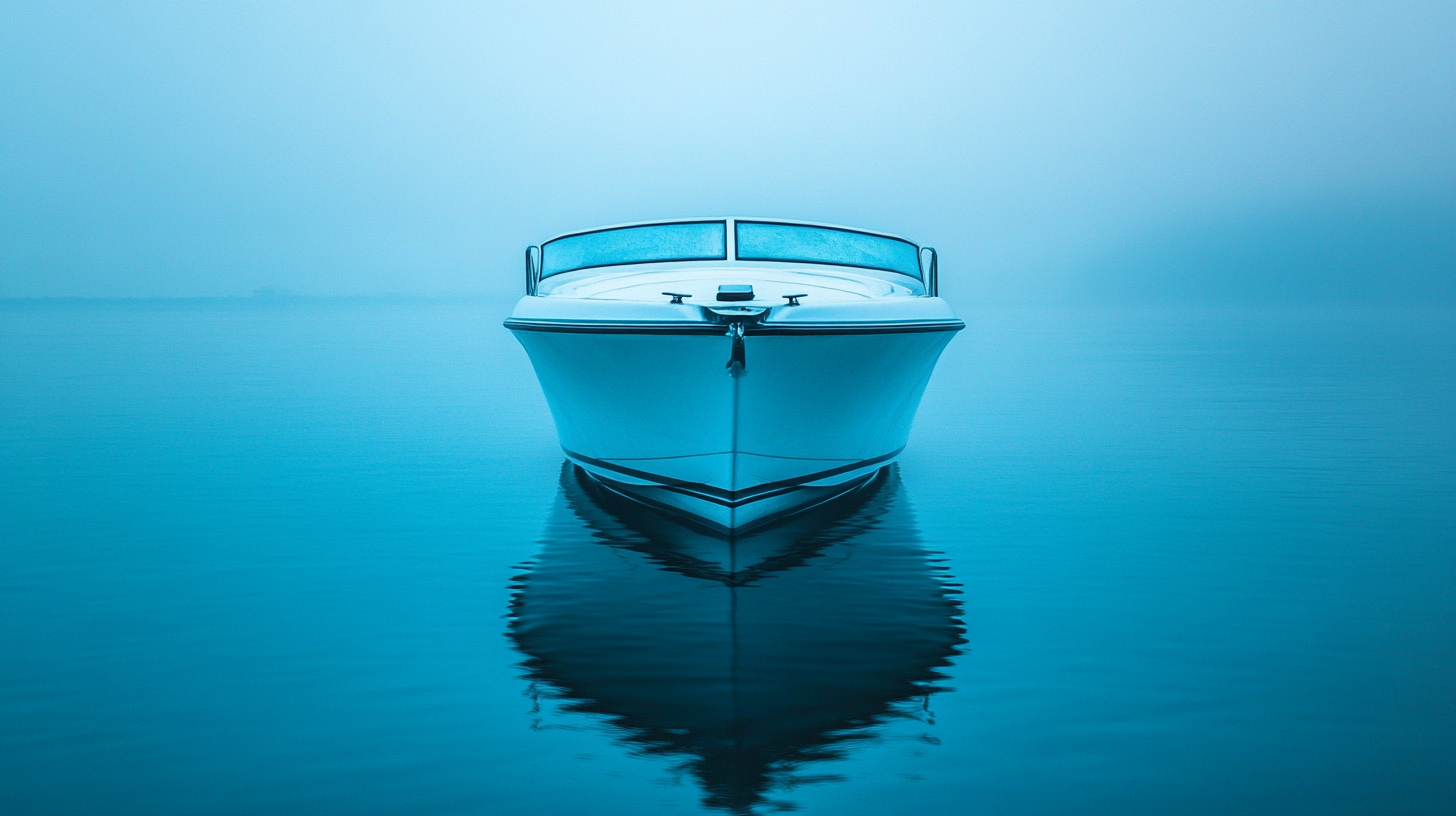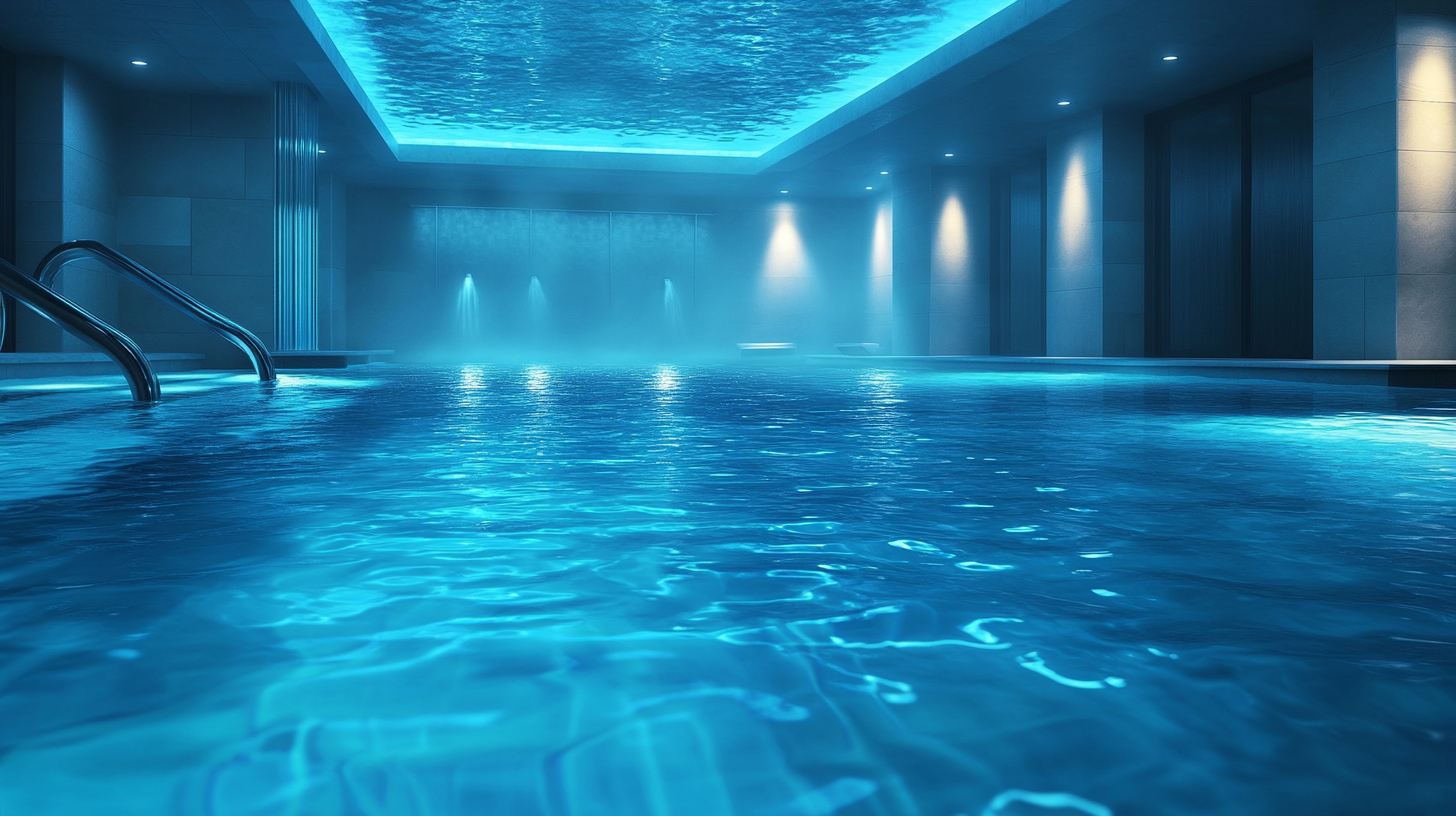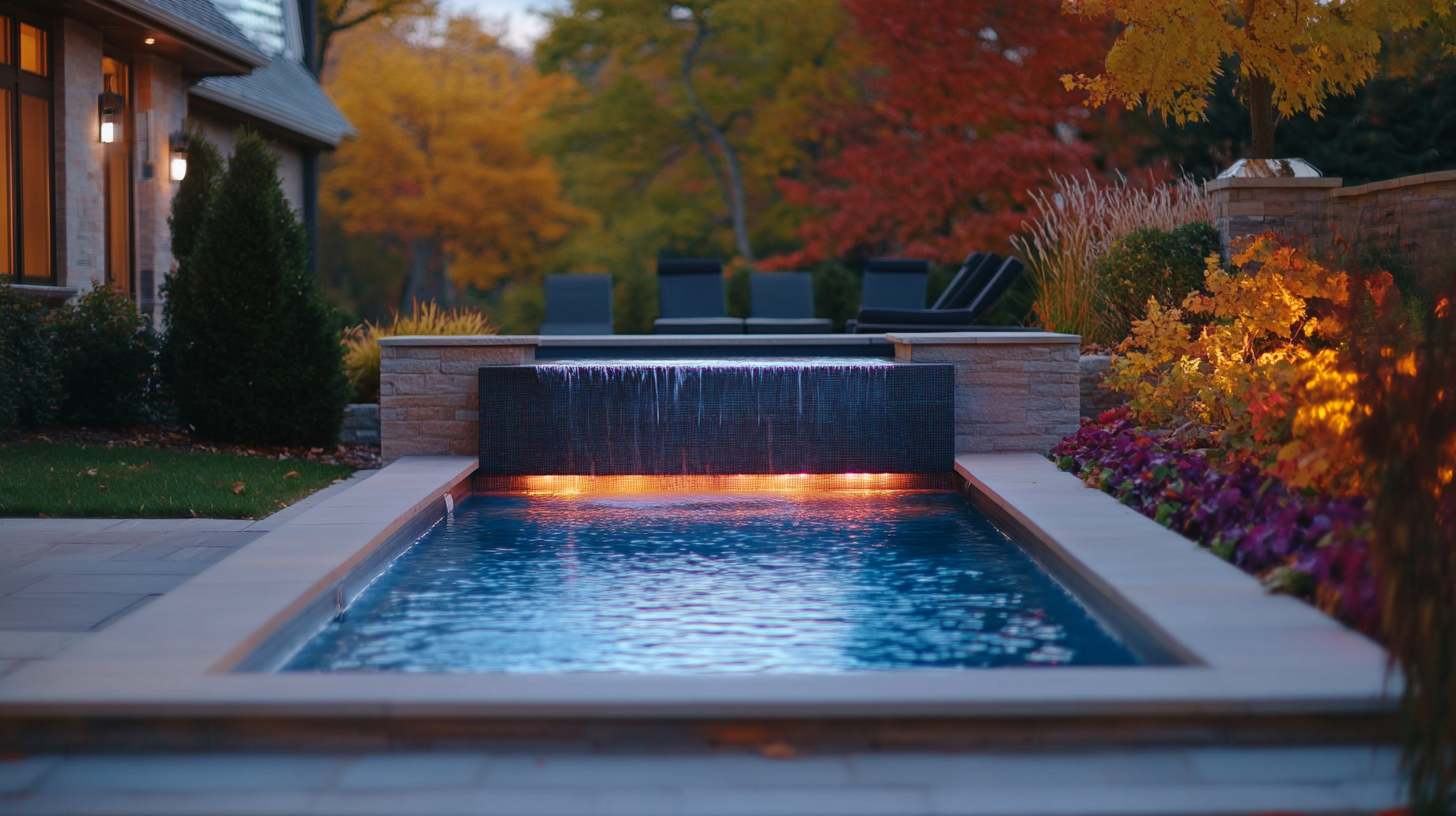Are underwater boat lights worth the investment?
When evaluating whether underwater boat lights are worth the investment, it’s essential to consider the wide range of benefits they offer. Firstly, underwater lights can significantly enhance the aesthetic appeal of your boat. Picture this: a warm summer evening where the hull of your vessel is bathed in a captivating glow, creating a mesmerizing effect on the surrounding water. This not only makes your boat the envy of the marina but also adds a touch of luxury and sophistication to your seafaring experience.
Beyond aesthetics, safety is a paramount concern for any boater. Underwater lights improve visibility during nighttime excursions, making it easier to navigate through murky waters or avoid submerged obstacles. They also assist in identifying potential hazards that might not be visible otherwise, reducing the chances of unexpected accidents. In emergency situations, having a well-lit underwater area can facilitate quicker and safer evacuations.
Fishing enthusiasts will find underwater boat lights particularly beneficial. The lights attract various types of marine life, turning your boat into a magnet for fish and other underwater creatures. This can dramatically improve your fishing success rate and make your nighttime fishing adventures not just productive but also incredibly exciting.
Social gatherings on the water become more enjoyable as underwater boat lights create an inviting ambiance perfect for parties and get-togethers. The illuminated waters serve as a unique and enchanting backdrop that transforms any ordinary evening into a memorable one.
For those who see their vessels as investments, underwater lights can also contribute to the boat’s resale value. Prospective buyers often look for added features that set boats apart. High-quality underwater lighting systems can make your boat more appealing in the resale market, potentially offering a better return on your initial investment.
When weighing the pros and cons, it’s important to remember that the benefits of underwater boat lights go beyond mere visual appeal. They deliver practical advantages that enhance the overall boating experience, making them a valuable addition to your array of boating accessories.
Types of underwater boat lights
When it comes to choosing underwater boat lights, the variety of options available can be both exciting and overwhelming. The type of underwater lights you select can significantly impact their effectiveness and the overall aesthetics of your boat. The main categories of underwater boat lights include LED, HID (High-Intensity Discharge), and halogen lights, each with its own set of pros and cons.
LED lights are probably the most popular choice among boat owners today, and for good reason. They are energy-efficient, have a long lifespan, and provide bright, vibrant illumination. LEDs come in a spectrum of colors, allowing you to customize the lighting to suit your personal style or specific needs. Additionally, they generate less heat compared to other types, making them a safer option. The high initial cost can be offset by their longevity and lower power consumption, making LEDs an excellent option if you’re weighing the overall boating expenses against the benefits.
HID lights, on the other hand, are known for their intense brightness, making them ideal for visibility in deeper and murkier waters. These lights use a high-intensity discharge to produce a powerful beam, which is particularly useful for night fishing or navigation in challenging environments. However, HIDs are typically more energy-consuming and can be more expensive to maintain in the long run. If you frequently find yourself in conditions where maximum illumination is critical, the enhanced performance of HID lights may well be worth the investment.
Halogen lights are the more traditional option and often the least expensive upfront. They provide a warm, natural light that many boaters find appealing. However, halogen lights are less energy-efficient and have a shorter lifespan compared to LEDs and HIDs. They also generate more heat, which could be a consideration depending on where and how you plan to use them. While the initial cost may be lower, halogens may end up costing more over time due to frequent replacements and higher energy usage.
Each type of underwater boat light has its unique features and trade-offs, making it essential to evaluate what matters most to you. Are you looking for a long-lasting, energy-efficient option? Then LEDs might be your go-to. Do you need powerful illumination for night-time adventures? HID lights could be the answer. Or perhaps you’re seeking a cost-effective, simple solution and don’t mind making occasional replacements? Halogen lights may fit that bill. This diversity in choices ensures that no matter your specific needs, there is an underwater lighting solution that caters to your requirements.
Installation and maintenance considerations
When it comes to installing underwater boat lights, the process can seem daunting, but with a bit of planning and the right tools, it can be a straightforward task. The first step is selecting the appropriate placement for your lights. Carefully consider locations that will offer the maximum illumination and aesthetic appeal while ensuring easy access for maintenance. Popular spots include near the stern and along the sides of the hull. These positions not only enhance visibility but also create an eye-catching glow around your vessel.
Once you’ve chosen the locations, the next step is to ensure a watertight installation. Drilling holes for the lights is a critical stage of the process. Make sure to measure accurately and use the correct size drill bit to prevent any potential leaks. To maintain the waterproof integrity of your boat, apply marine-grade sealant around the holes before inserting the lights. It’s essential that all wiring connections are also sealed properly to prevent corrosion and electrical failures.
The wiring itself should be done with marine-grade cables, which are designed to withstand harsh marine environments. Running the wires through the bilge or other protected areas will safeguard them from damage. Connections should be secured with waterproof connectors, and it’s advisable to use heat-shrink tubing for additional protection. Whenever possible, avoid running wires through moving parts or areas that experience frequent wear and tear.
Connecting the lights to the boat’s power source usually involves integrating them into the existing electrical system, likely through a dedicated switch on the boat’s control panel. Ensuring the lights are connected to a fused circuit will protect both the lights and your boat’s electrical system from potential overloads or short circuits. A professional or a seasoned DIY enthusiast might consider adding dimmer switches or color controls if the lights have these capabilities.
Maintenance of underwater boat lights is crucial to ensure they remain a worthwhile investment. Regularly inspect the lights for any signs of damage, corrosion, or algae buildup. Algae and other marine growth can significantly reduce the effectiveness of the lights, so periodic cleaning is recommended. Using a soft brush or cloth can help in removing growth without scratching the lens.
Additionally, it’s essential to occasionally check the waterproof seals and the integrity of the wiring. Replace any worn-out seals and repair any damaged wiring immediately to prevent more severe problems down the line. If you’re using halogen or HID lights, you might find yourself replacing bulbs more frequently, so keep spares on hand and familiarize yourself with the replacement process to minimize downtime.
Staying proactive with the maintenance of your underwater lights will not only ensure their longevity but will also keep your boating expenses in check. While LED lights might present a higher initial cost, their low maintenance and long lifespan could make them more cost-effective in the long run. Balancing the pros and cons of each light type based on your specific needs can help you make a decision that offers both immediate enjoyment and long-term value.
Proper installation and diligent maintenance are pivotal in maximizing the benefits of underwater boat lights. By taking the necessary steps to secure and sustain these lights, you’ll enhance your boat’s aesthetic and functional appeal, making the investment truly worthwhile.
Cost versus value analysis
Analyzing the financial outlay for underwater boat lights involves examining both the initial costs and the ongoing expenses associated with their upkeep. The initial expenditure varies widely depending on the type, quality, and brand of light you choose. Basic halogen lights can start at around $50 each, while high-end LED options can run several hundred dollars per light. HID lights, known for their superior brightness, typically fall somewhere in the middle range, costing between $100 and $250 per unit.
While the upfront cost is an important consideration, the long-term value provided by these lights often justifies the investment. This value is derived from several factors, including durability, energy efficiency, and maintenance requirements.
| Type of Light | Initial Cost per Unit | Lifespan | Energy Efficiency | Maintenance Cost |
|---|---|---|---|---|
| LED | $100 – $300 | 50,000+ hours | High | Low |
| HID | $100 – $250 | 3,000 – 5,000 hours | Medium | Medium |
| Halogen | $50 – $100 | 1,000 – 2,000 hours | Low | High |
Energy consumption is a significant aspect of the cost versus value equation, particularly for boaters who frequently use their lights. LED lights, for example, are highly energy-efficient, using up to 80% less power than traditional halogen bulbs. This efficiency translates to lower fuel consumption for boats running off a generator and reduced strain on batteries, potentially saving hundreds of dollars annually in boating expenses.
Maintenance costs are another critical factor. LEDs, with their robust design and long lifespan, require minimal upkeep, reducing the need for frequent replacements and repairs. Conversely, halogen lights, which have a shorter lifespan and higher energy usage, can accumulate substantial maintenance costs over time. HID lights fall somewhere in between, offering a balance of brightness and cost but still necessitating periodic bulb replacements and more extensive care than LEDs.
The enhanced resale value of a boat equipped with high-quality underwater lights is another consideration. Boats with premium lighting systems can fetch a higher price on the resale market, as these features are often attractive to prospective buyers. The value-added appeal of such lights could offset part of the initial investment, making them financially advantageous in the longer term.
Aesthetic and functional improvements provided by underwater lights add intangible value as well. Whether it’s enjoying picturesque evenings on the water, improved navigation and safety during night trips, or attracting more fish during nocturnal fishing adventures, these benefits contribute to the overall satisfaction and utility derived from the boat.
Ultimately, determining whether underwater boat lights are worth the investment involves balancing the pros and cons tailored to your specific needs and usage patterns. While the initial cost might seem high, particularly for premium LED models, the savings accrued from lower energy consumption, minimal maintenance, and enhanced boat resale value often outweigh the initial outlay, making underwater lights a wise investment for many boat owners.
Frequently asked questions
What kind of boat is best suited for underwater lights?
Underwater lights can be installed on almost any type of boat, from small fishing vessels to large yachts. However, the installation process and the types of lights used might vary depending on the boat’s size and design. Smaller boats might benefit from simpler, lower-powered LED systems, while larger vessels could take advantage of more powerful HID lights for enhanced illumination. It’s essential to assess your specific boating needs and select an underwater lighting system that complements the design and usage of your particular vessel.
How long do underwater boat lights typically last?
The lifespan of underwater boat lights largely depends on the type of light you choose. LED lights are particularly renowned for their durability, often lasting more than 50,000 hours of use. HID lights usually have a lifespan ranging from 3,000 to 5,000 hours, while halogen lights are the shortest-lived, typically lasting between 1,000 and 2,000 hours. Regular maintenance and proper care can help extend the life of any underwater lighting system, ensuring you get the most value out of your investment.
Are underwater boat lights legal?
Regulations surrounding the use of underwater boat lights can vary significantly depending on your location. In general, many areas allow their use as long as they do not interfere with navigation or other boats. It’s crucial to consult local maritime laws and regulations before installing underwater lights on your vessel. Some regions may have specific rules about the colors and intensity of lights that can be used, especially concerning navigation and safety standards.
Do underwater boat lights attract fish?
Yes, underwater boat lights are effective at attracting fish and other marine life, making them popular among anglers. The lights attract plankton, which in turn draws small fish, followed by larger predator fish. This chain reaction can significantly improve your fishing success, particularly during nighttime fishing sessions. Some manufacturers offer lights specifically designed to attract particular species of fish, further enhancing your ability to lure in your desired catch.
How much do underwater boat lights affect my battery life?
LED lights are the most energy-efficient option, consuming significantly less power than halogen or HID lights. Depending on the power of your lights and how long you use them, the impact on your battery life will vary. High-quality LED systems are designed to offer bright illumination while minimizing power consumption, making them an excellent choice for boaters concerned about battery drainage. On the other hand, halogen and HID lights consume more energy and could lead to quicker battery depletion, which is an important consideration for extended trips or boats relying solely on battery power.
Can I use underwater boat lights while my boat is moving?
Using underwater lights while your boat is moving can create a stunning visual effect, lighting up the water around you as you cruise. However, whether or not you should use them while moving depends on local regulations and the type of lights you have installed. Some lights are designed to be used while underway, while others are intended for stationary use. It’s crucial to ensure your lighting system is secure and can withstand the pressures of movement through water to prevent any potential damage.
What maintenance do underwater boat lights require?
Regular maintenance is essential to keep your underwater boat lights in top condition. This includes periodic cleaning to remove algae and other marine growth, checking the seals to ensure they remain watertight, and inspecting the wiring for any signs of corrosion or damage. LEDs typically require the least maintenance, while halogen and HID systems may need more frequent bulb replacements and higher upkeep. Maintaining your lights will help maximize their lifespan and performance, making your investment in underwater lighting more cost-effective in the long run.
What colors of underwater lights are available, and which is best?
Underwater lights come in a variety of colors, including blue, green, white, and even multi-color options that allow you to change the hue. The choice of color often depends on personal preference, desired ambiance, and specific use cases. Blue and green lights are popular choices because they penetrate water better and attract more marine life. White lights provide clear, bright illumination but might not be as visually appealing for some users. Multi-color systems offer versatility, allowing you to adjust the lighting to suit different occasions and settings.
Installing underwater boat lights can significantly enhance your boating experience, offering numerous aesthetic, safety, and practical benefits. By understanding the frequently asked questions surrounding these lights, you can make an informed decision and ensure you get the most value out of your investment.


